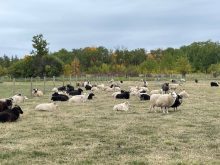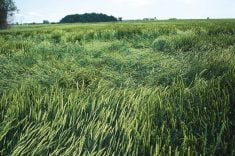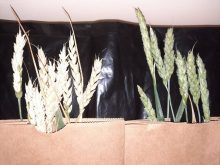This year in the northern and north-central areas of Alberta, particularly in the Edmonton region, we have had an unusually wet spring and summer, following a wet fall and lots of winter snow. It has been estimated this spring and summer that the Edmonton area has had up to 20 inches of rain. As a consequence, the flat cropland to the north, east and south has become almost totally waterlogged. There are fields in the Leduc and Elk Island areas that are 100 per cent drowned out.
The Peace region of Alberta has been hard hit as well, with countless thousands of flooded croplands.
Read Also

Claas brings 1000 Series SP forage harvesters to Canada
In mid-August, Claas unveiled its new line of Jaguar forage harvesters at an event in Visalia, California, deep in the heart of that state’s dairy region.
Crops such as wheat or canola seeded very early in this area fared much better than crops seeded in late May. The heaviest rains did not occur until June, so early seeded crops could better transpire the heavy rainfalls whereas late crops were unable to handle the excessive moisture. There will be many crop disaster areas in the west, central and northern regions of Alberta.
If August gets good hot and dry conditions, flooded out farmers can help themselves by seeding cereal crops this month. They could seed annuals such as oats, wheat or barley for greenfeed or mulch, or consider fall wheat, rye or triticale.
These crops will pick up nutrients, particularly unused nitrogen, but most important of all they could remove perhaps up to 10 inches of moisture from flooded croplands. Consequently, there would be some economic or crop improvement from the spring seeded grains and a satisfactory crop of winter wheat, rye or triticale.
















